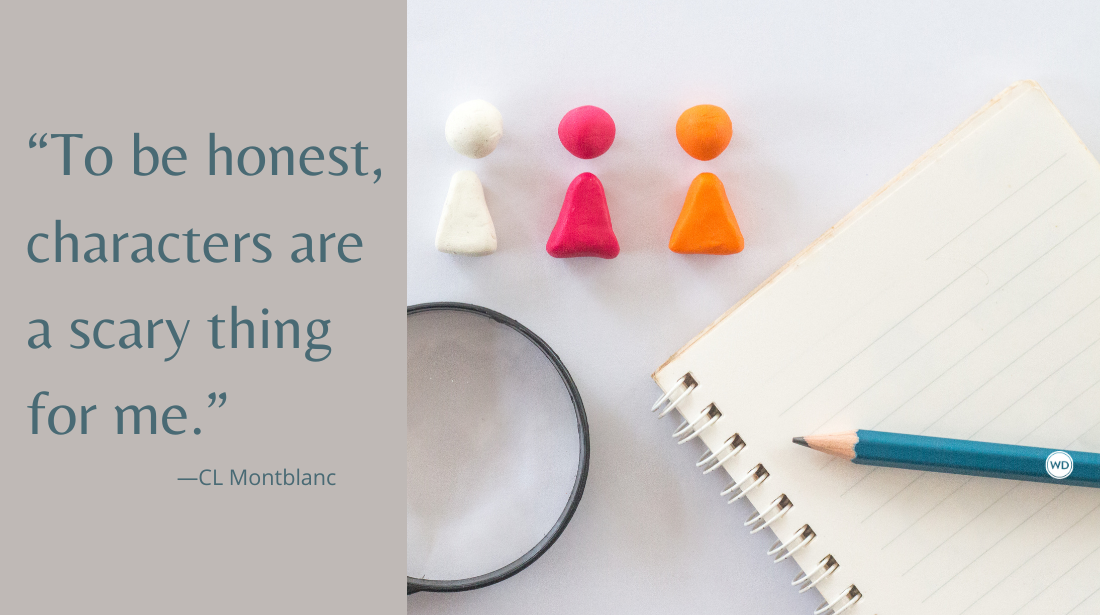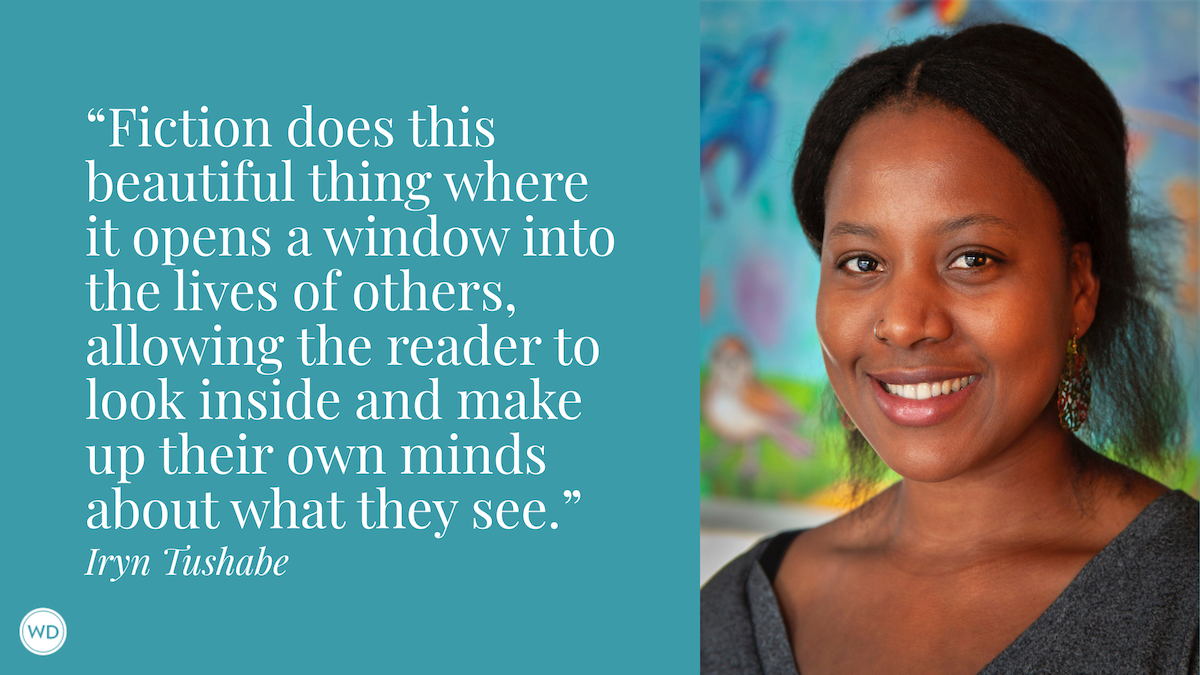6 Tips for Writing Domestic Horror
When her comedic novel needed a little something extra, author Maureen Kilmer turned to one of her favorite genres—horror. Here, she shares 6 tips for writing domestic horror.
When I first began writing the book that would become Suburban Hell, it didn’t start out as horror. Instead, I wanted to tell a comedic story about suburbia, involving the sometimes suffocating closeness of people knowing each other’s business, the everyday kind of scares, and also the true friendships that can form.
As I began to draft, I felt as though the book was missing something, some key piece that hadn’t quite revealed itself yet. It just so happens that one afternoon as I was staring at my draft, the movie The Exorcist came on in the background. And suddenly, I knew what that missing element was: a demon.
I’ve always been a fan of horror but had never tried my hand at it. I figured I didn’t have anything to lose. While there is certainly enough terror in suburbia without any hellfire creatures, adding a monster turned up the dial in the story, and allowed me to explore all of those emotions in a really fun way.
While there are many ways to write horror, here are a few tips to help along the way:
1. Ground it in real life.
Much of horror is really about holding up a mirror to our deepest fears, and the threats to our normal lives. The movie Halloween isn’t necessarily about Michael Myers—it’s about the fear of a teenage babysitter being in charge of children, alone, when there’s a real threat.
It’s the real-life scares, everyday situations that really hit us hard. When I was writing Suburban Hell, all I had to do was look around my neighborhood, and life, to find mundane things to make scary. (A Roomba may or may not turn evil in the book!)
2. Make sure the reader knows your main character’s deepest fears…
… and then make them experience it. Establishing what your characters are most afraid of in the beginning of the story can foreshadow what they must overcome by the end of the book.
One way to brainstorm various fears is to explore your own fears, and then build off of that. When it comes down to it, we are all afraid of a lot of the same things.
IndieBound | Bookshop | Amazon
[WD uses affiliate links.]
3. Don’t be afraid to do a genre mash-up.
As I said, I didn’t start out to make Suburban Hell horror. But blending the comedy and scares together really brought so much joy and fun while writing it and adding in different elements can really enrich your story.
4. Read widely across the horror genre…
… from thrillers to paranormal to the downright terrifying. There are so many fantastic horror and horror-adjacent books out there. It helps to see what clicks with you as a reader and use that as inspiration for your story.
5. Consider the reader’s own projections on the story you’re telling.
Everyone comes to a book with their own unique life experiences, and not everyone will imagine the monster under the bed in the same way. So, feel free to hold back on a few things, to let their imaginations run wild, and to make it a personal experience for them. That’s when your story gets truly terrifying.
6. Make your monster have a purpose, a motivation.
I spent a lot of time brainstorming the demon’s motivations for my book and brought that to the page. I find that if the reader understands the “why” behind the monster, it makes the story much more powerful—and terrifying.
Maureen Kilmer graduated from Miami University in Oxford, Ohio, and lives in the Chicago suburbs with her husband and three children. She does not have a She Shed, and thankfully has not had to battle the forces of darkness (unless going to Costco on a Saturday counts). Suburban Hell is her horror debut.








